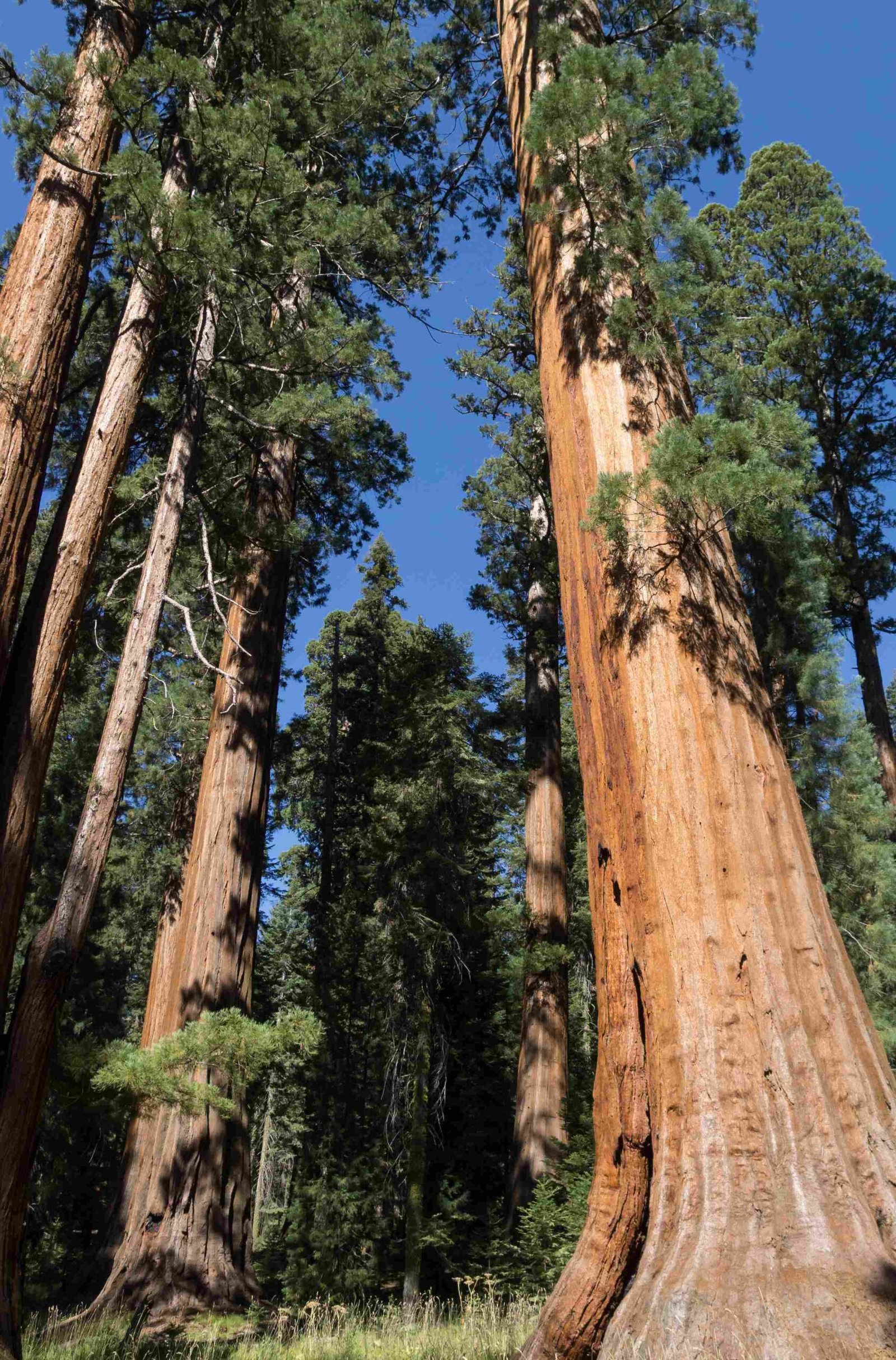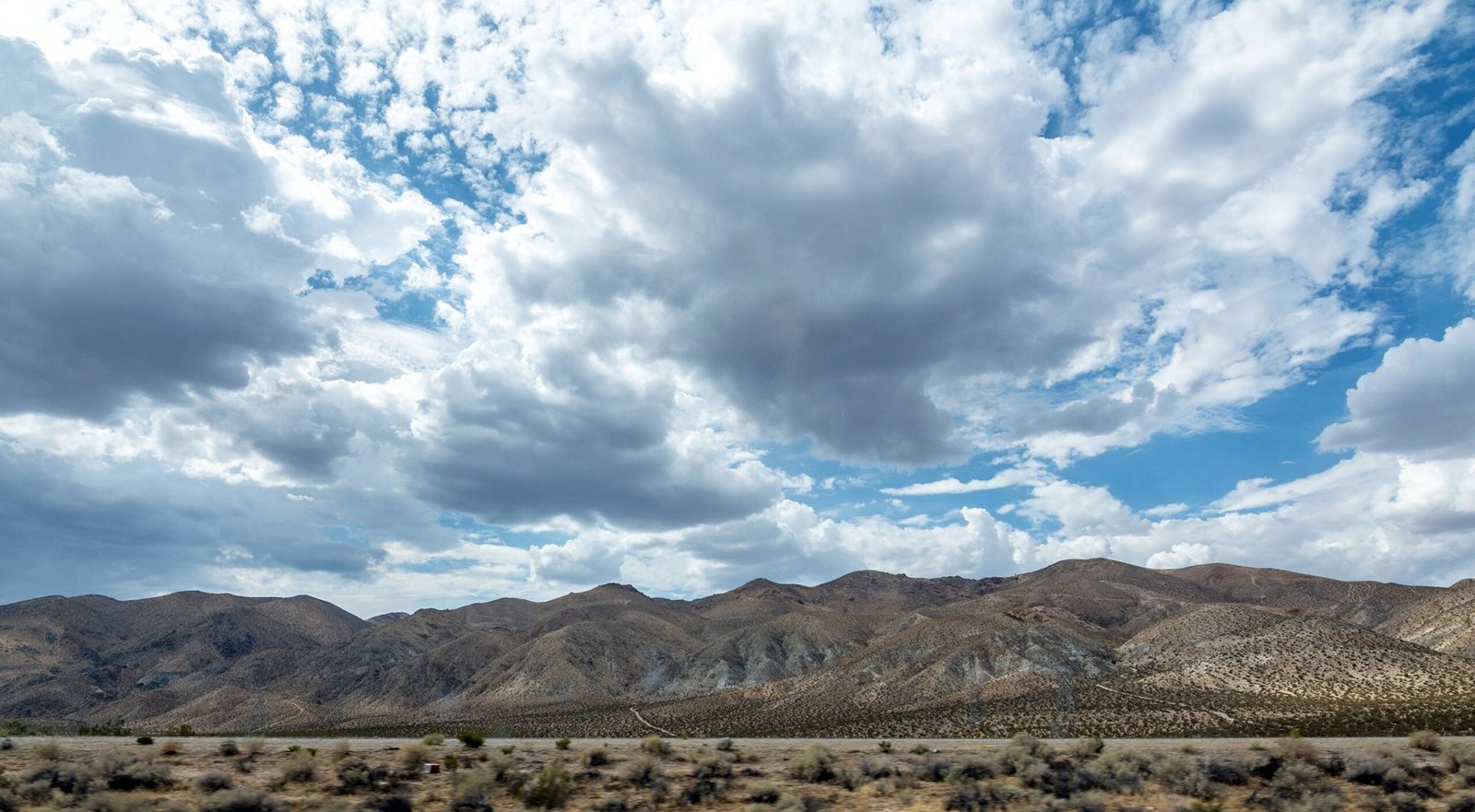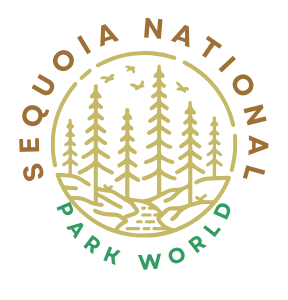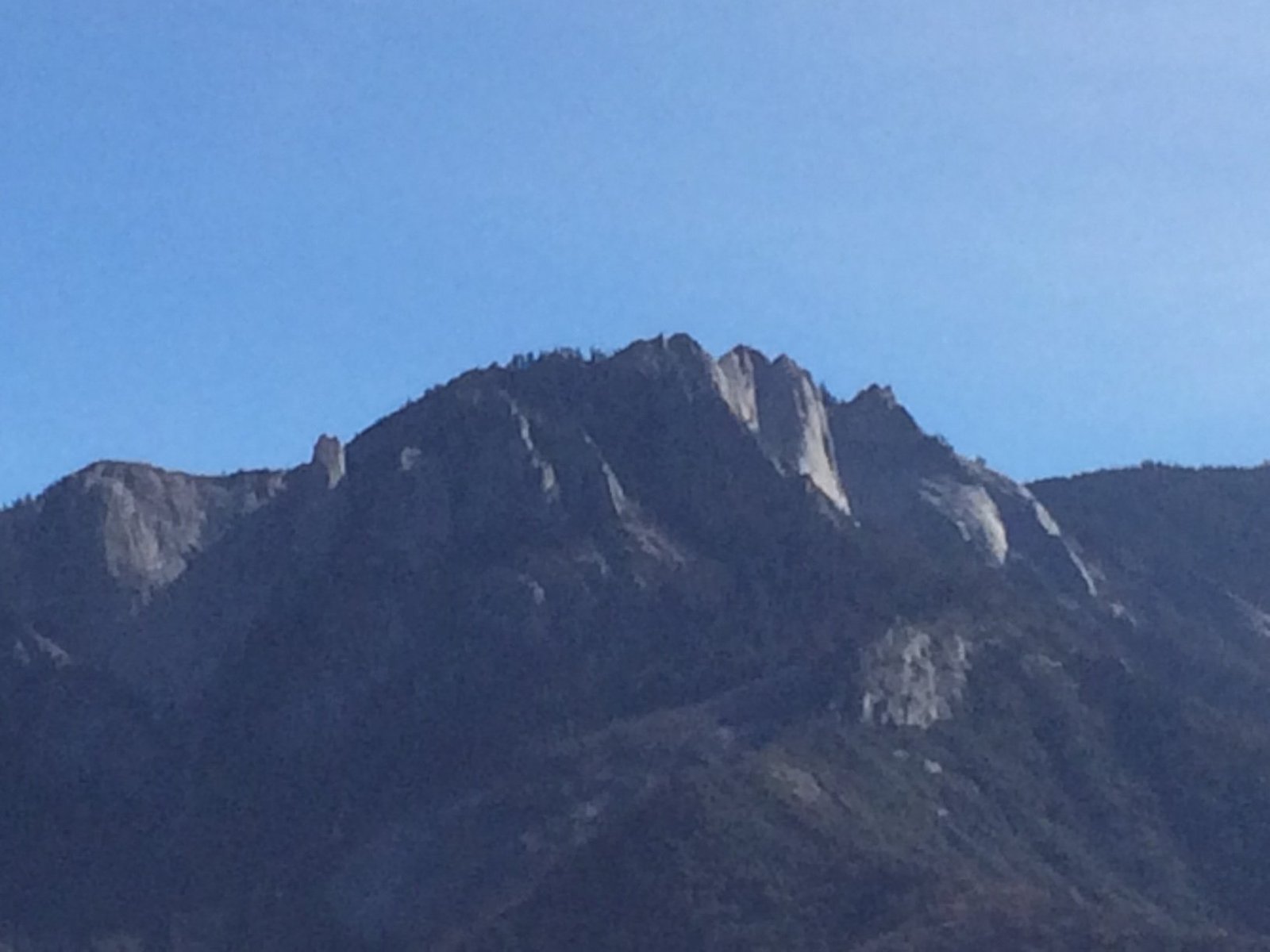Embarking on a solo trip to Sequoia National Park offers a unique opportunity to immerse yourself in the awe-inspiring beauty of ancient giant sequoias and diverse wildlife. This comprehensive guide provides essential tips for safety, hiking, camping, and wildlife spotting, ensuring a memorable and enriching experience for solo travelers. From navigating popular trails to finding solitude in remote campgrounds, this article covers everything you need to know for your Sequoia National Park solo adventure.
What Safety Precautions Should I Take for a Solo Trip to Sequoia National Park?

Safety is paramount when exploring Sequoia National Park alone. Here are crucial precautions to ensure a secure solo adventure:
- Inform a trusted contact about your itinerary
- Prepare for limited cell service
- Carry a GPS device or use satellite locator functions
- Check trail conditions at ranger stations
- Trust your instincts and prioritize personal safety
Essential Gear for Solo Hikers
- Navigation tools (GPS, map, compass)
- First aid kit
- Sufficient water and snacks
- Emergency communication device
- Weather-appropriate clothing
Which Hiking Trails Are Best for Solo Travelers in Sequoia National Park?

Sequoia National Park offers a variety of trails suitable for solo hikers. Here are some top-rated options:
- Congress Trail
- Length: 2.9 miles
- Elevation gain: 462 feet
- Duration: 1.5 hours
-
Highlights: Giant sequoias, General Sherman Tree
-
Tokopah Falls
- Length: 3.8 miles (out-and-back)
- Elevation gain: 626 feet
- Duration: 2 hours
-
Highlights: Cascading waterfall, scenic river views
-
Moro Rock
- Length: 0.5 mile
- Elevation gain: 183 feet
- Duration: 30 minutes
-
Highlights: Panoramic views of foothills and San Joaquin Valley
-
Big Trees Trail
- Length: 1 mile (loop)
- Elevation gain: Minimal
- Duration: 1 hour
- Highlights: Wheelchair-accessible, educational signs
How Can I Plan a Solo Camping Trip in Sequoia National Park?
Planning a solo camping trip in Sequoia National Park requires careful consideration of campsite locations, reservation processes, and park regulations.
Popular Campgrounds for Solo Travelers
| Campground | Location | Amenities | Reservation |
|---|---|---|---|
| Lodgepole | Near Giant Forest | Flush toilets, potable water, dump station | Required |
| Dorst Creek | Giant Forest area | Flush toilets, potable water | Required |
| Atwell Mill | Mineral King area | Vault toilets, no potable water | First-come, first-served |
Camping Regulations and Tips
- Make reservations well in advance through recreation.gov
- Follow all campground regulations, including quiet hours
- Use bear-proof containers for food and trash storage
- Be prepared for varying weather conditions
- Respect wildlife and maintain a clean campsite
Where Are the Best Wildlife Spotting Opportunities in Sequoia National Park?
Sequoia National Park offers abundant wildlife viewing opportunities for solo travelers. Here are some prime locations and tips:
Best Locations for Wildlife Spotting
- Crescent Meadow
- Tokopah Valley
- Giant Forest area
- Mineral King Valley
Wildlife Viewing Tips
- Visit during early morning or late afternoon
- Maintain a safe distance from all wildlife
- Use binoculars for better viewing without disturbing animals
- Stay quiet and patient for the best chances of spotting wildlife
Safety Precautions for Wildlife Encounters
- Never feed wild animals
- Store food properly to avoid attracting bears
- Make noise while hiking to avoid surprising animals
- Carry bear spray in bear country
- Stay on designated trails to minimize impact on wildlife habitats
What Are the Must-See Attractions for a Solo Trip to Sequoia National Park?
A solo trip to Sequoia National Park wouldn’t be complete without visiting these iconic attractions:
- General Sherman Tree: The largest tree on Earth by volume
- Giant Forest Museum: Learn about the park’s ecology and history
- Crystal Cave: Guided tours of a marble karst cave (advance tickets required)
- Tunnel Log: Drive through a fallen sequoia tree
- Hospital Rock: Native American pictographs and grinding rocks
How Can I Prepare for Changing Weather During My Solo Trip to Sequoia National Park?
Weather in Sequoia National Park can be unpredictable, especially at higher elevations. Here’s how to prepare:
- Check weather forecasts regularly
- Pack layers for varying temperatures
- Bring rain gear, even in summer
- Wear sturdy, waterproof hiking boots
- Carry sunscreen and a hat for sun protection
- Be prepared for snow at higher elevations, even in late spring or early fall
By following these guidelines and tips, you’ll be well-prepared for an unforgettable solo adventure in Sequoia National Park. Remember to respect the park’s natural beauty, follow Leave No Trace principles, and enjoy the solitude and majesty of one of America’s most stunning national parks.
References:
1. Save the Redwoods League – Going solo in Sequoia National Park
2. Jessie on a Journey – One Day In Sequoia National Park: The Perfect Itinerary
3. US Park Pass – A First-Timer’s Guide to Sequoia National Park

